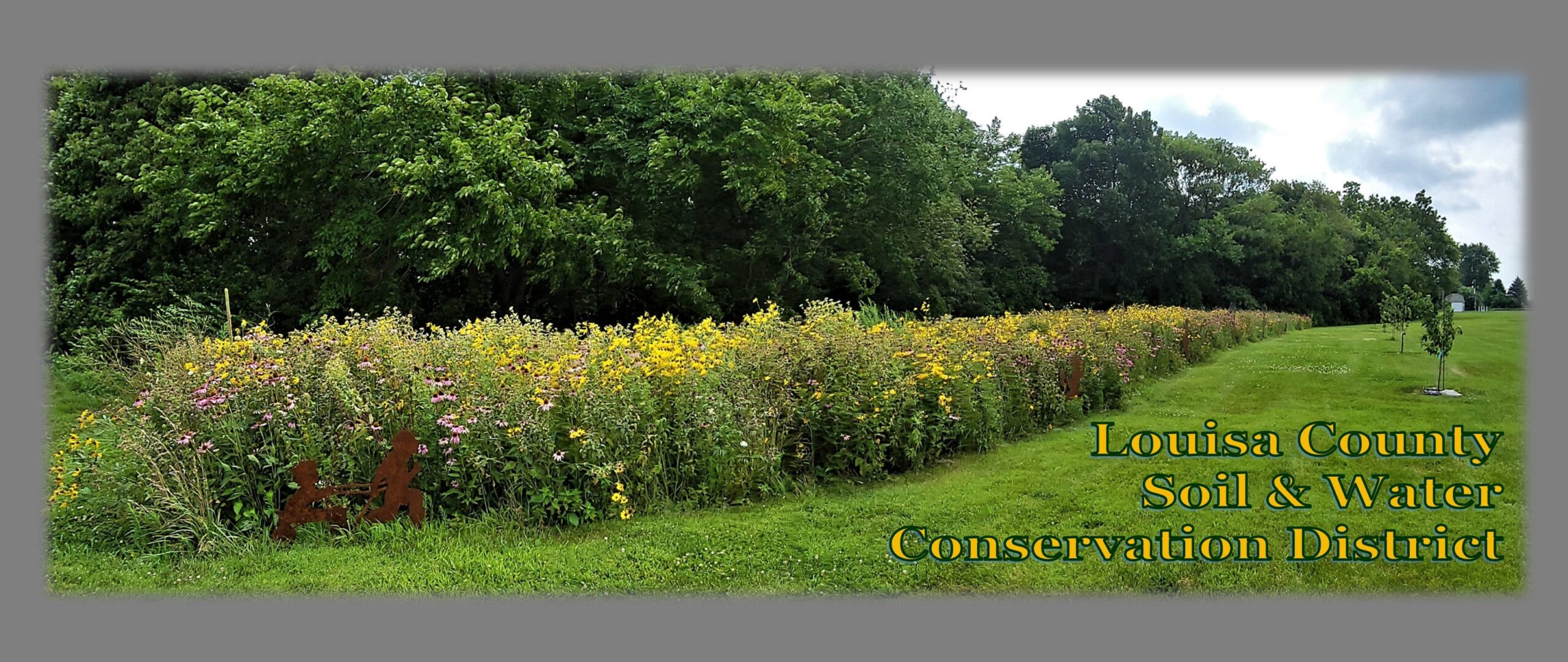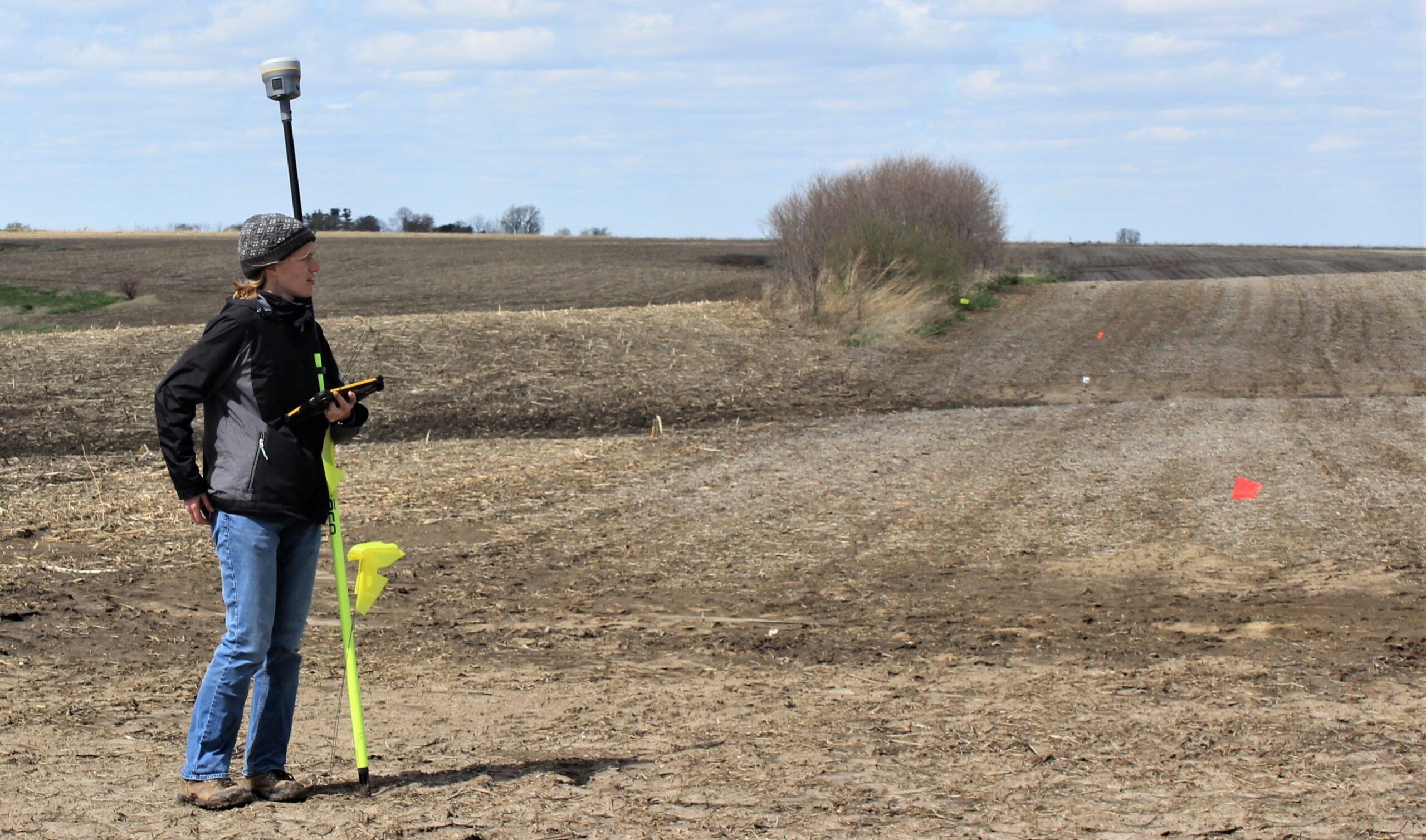

CRP, short for Conservation Reserve Program, is a voluntary program available to agricultural producers to help them safeguard environmentally sensitive land. The purpose of CRP is to reduce erosion, increase wildlife habitat, and improve water quality through the application of conservation practices.
The landowner sets aside cropland with annual rental payments. Some practices include filter strips, riparian buffers, shelterbelts, wellhead protection, and many others. Eligibility varies by soil type and crop history. For general signups, land is accepted into the program if the offer qualifies. Continuous signup is open for buffers, waterways, and environmental practices at all times. Contract is for 10-15 years depending on the type of practice.
The Conservation Reserve Program (CRP) is a land conservation program administered by the Farm Service Agency (FSA). Signed into law by President Ronald Reagan in 1985, CRP is the largest private-lands conservation program in the United States. Thanks to voluntary participation by farmers and land owners, CRP has improved water quality, reduced soil erosion, and increased habitat for endangered and threatened species. In exchange for a yearly rental payment, farmers enrolled in the program agree to remove environmentally sensitive land from agricultural production and plant species that will improve environmental health and quality. FSA also provides cost-sharing and other incentives to help offset the costs associated with putting these practices in place. Contracts for land enrolled in CRP are 10-15 years in length. The long-term goal of the program is to re-establish valuable land cover to help improve water quality, prevent soil erosion, and reduce loss of wildlife habitat
Participants can enroll in CRP in two ways. The first is through a competitive process known as CRP General Sign-up. General CRP sign-ups are announced on a periodic basis by the Secretary of Agriculture; they do not occur according to any fixed schedule. The second way to enroll is through CRP Continuous Sign-up which offers on a continuous basis. All enrollment offers are processed through your local FSA Office. To be eligible for CRP enrollment, a farmer must have owned or operated the land for at least 12 months prior the previous CRP sign-up period. Exceptions to this rule include:
Land acquired by the new owner due to the previous owner’s death;
Change in ownership due to foreclosure; or
Land that was purchased by the new owner without the sole intention of placing it in CRP.
Continuous CRP is focused on environmentally sensitive land and offers are not ranked against each other. Environmentally sensitive land may include, but is not limited to, agricultural land prone to erosion, pasture or agricultural land that borders river or stream banks, or field margins. Continuous CRP sign-up land eligibility requirements also take into consideration the type of conservation practice the owner wishes to install. A few of the accepted conservation practices include: riparian buffers, shelterbelts, grass waterways, filter strips, wetland buffers, shallow water areas for wildlife, and others. Continuous CRP sign-up can occur at any time. All enrollment offers are processed through your local FSA Office.
